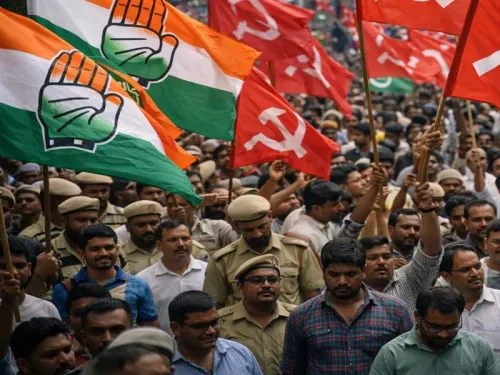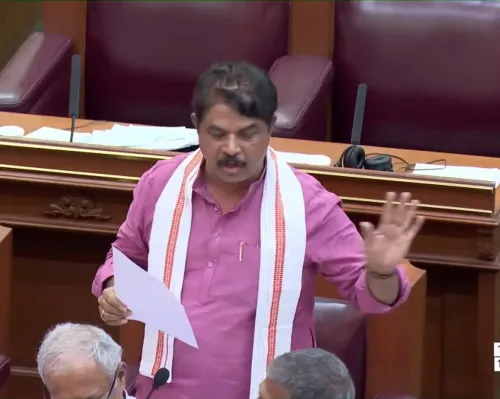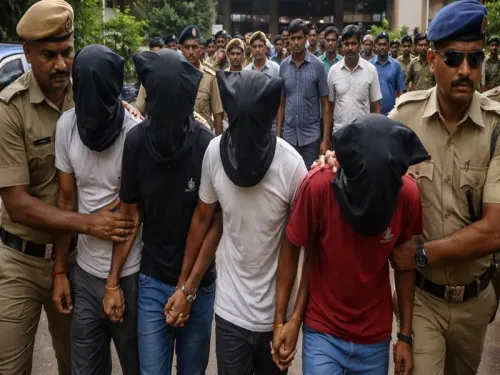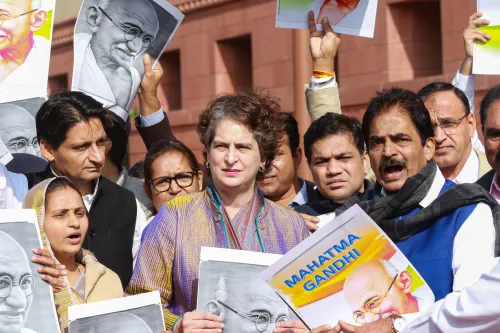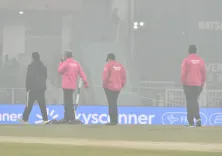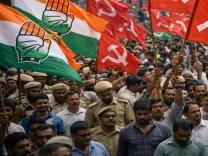Is Justice Varma Facing Serious Allegations? LS Speaker Forms Inquiry Panel!
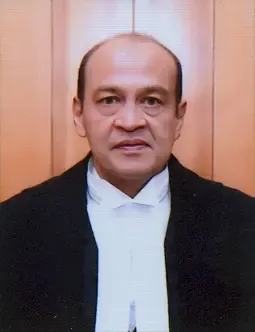
Synopsis
Key Takeaways
- Three-member panel formed to investigate Justice Varma.
- Serious allegations arise after burnt cash discovery.
- Impeachment process requires a two-thirds majority in Parliament.
- Independence of judiciary safeguarded under Article 217.
- Supreme Court dismissed Varma's writ petition.
New Delhi, Aug 12 (NationPress) Lok Sabha Speaker Om Birla declared on Tuesday the establishment of a three-member inquiry committee to investigate allegations against Justice Yashwant Varma. This comes after burnt cash was discovered on March 14 in an outhouse of his official residence, which was allocated to him during his tenure at the Delhi High Court.
The panel comprises Justice Aravind Kumar from the Supreme Court, Chief Justice Maninder Mohan of the Madras High Court, and prominent lawyer B.V. Acharya.
Speaker Om Birla stated, “The committee aims to present its findings promptly. The proposal will be on hold until the inquiry committee's report is received.”
This announcement follows an impeachment notice submitted by 145 MPs from both ruling and opposition parties to the Lok Sabha Speaker on July 21, seeking the removal of Justice Varma, who currently serves as a judge at the Allahabad High Court.
Parliament’s authority to investigate the conduct of a High Court judge targeted for impeachment is granted under Articles 124, 217, and 218 of the Constitution.
Article 217 ensures the independence of the judiciary, stipulating that a High Court judge can only be removed for “proven misbehaviour or incapacity,” necessitating a two-thirds majority vote in both Houses of Parliament.
Article 124(4) describes the procedure for the removal of a Supreme Court judge, which is similarly applicable to a High Court judge.
According to the Judges Inquiry Act of 1968, an impeachment motion can be initiated in either House of Parliament, requiring a minimum of 50 Rajya Sabha MPs or 100 Lok Sabha MPs to support it for further progression.
Recently, the Supreme Court dismissed a writ petition from Justice Varma, contesting the findings of the three-member internal inquiry committee that recommended his removal under Article 124(4) of the Constitution.


